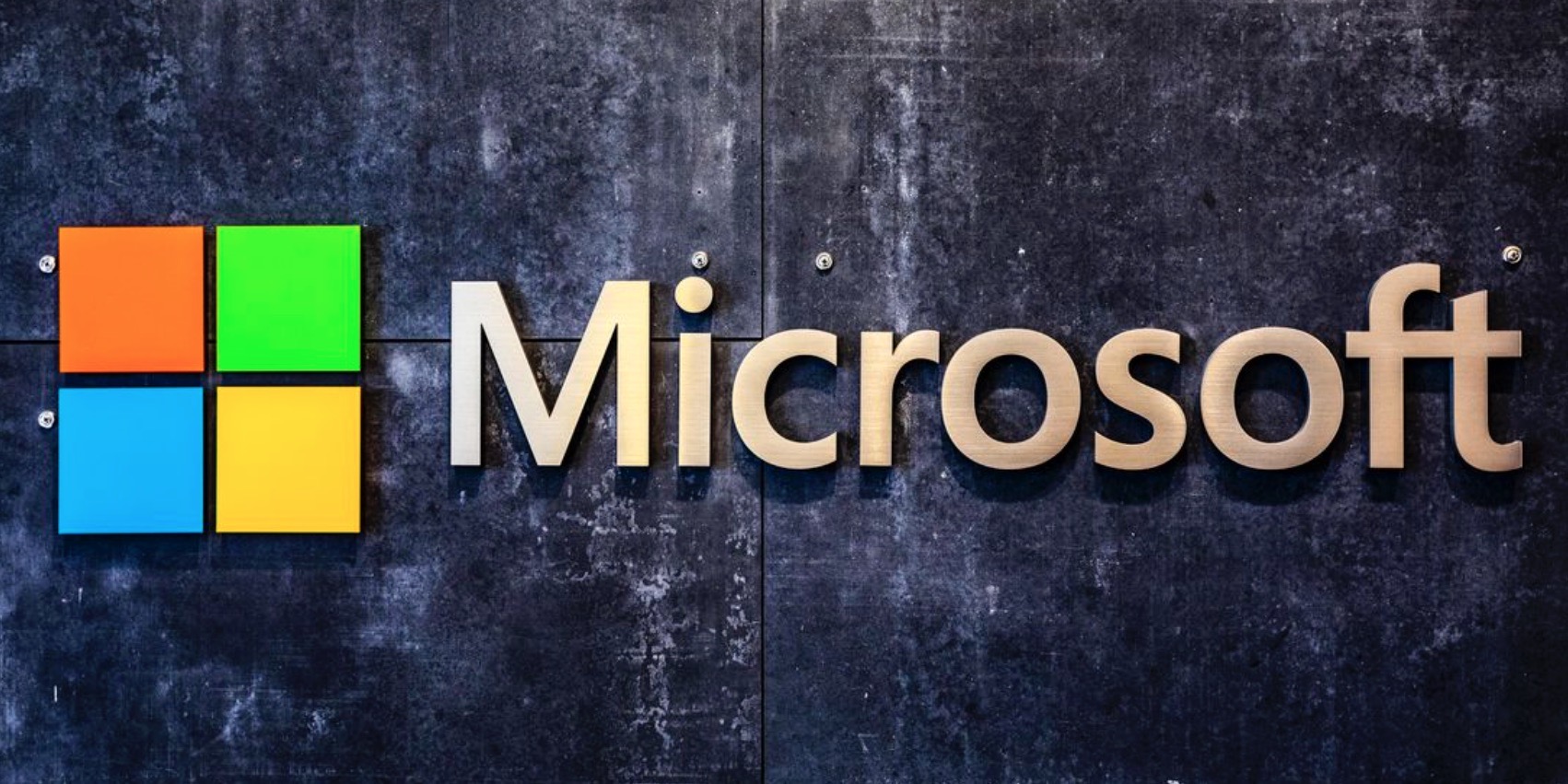Microsoft Teams Issue On Mac
-->
Microsoft Teams uses modern authentication to keep the sign-in experience simple and secure. To see how users sign in to Teams, read Sign in to Teams.
2018-11-8 After quitting out of Teams and re-opening the app, I went to Teams Device Settings, as you initially instructed, and lo and behold, everything works! For any other Mac users with Teams installed, this is the step-by-step for an audio/video issue. 2019-1-8 Tech support scams are an industry-wide issue where scammers trick you into paying for unnecessary technical support services. You can help protect yourself from scammers by verifying that the contact is a Microsoft Agent or Microsoft Employee and that the phone number is an official Microsoft global customer service number.
How modern authentication works
Modern authentication is a process that lets Teams know that users have already entered their credentials (like their work email and password) elsewhere, and they shouldn't be required to enter them again to start the app. The experience will vary depending on a couple factors, like if users are working in Windows or on a Mac. It will also vary depending on whether your organization has enabled single-factor authentication or multi-factor authentication (multi-factor authentication usually involves verifying credentials via a phone, providing a unique code, entering a PIN, or presenting a thumbprint). Here's a rundown of each modern authentication scenario.
Windows users
If users have already signed in to other Office apps through their Office 365 Enterprise account, when they start Teams they're taken straight to the app. There's no need for them to enter their credentials.
If users are not signed in to their Office 365 Enterprise account anywhere else, when they start Teams, they're asked to provide either single-factor or multi-factor authentication (SFA or MFA), depending on what your organization has decided they'd like the process to entail.
If users are signed in to a domain-joined computer, when they start Teams, they might be asked to go through one more authentication step, depending on whether your organization opted to require MFA or if their computer already requires MFA to sign in. If their computer already requires MFA to sign in, when they open up Teams, the app automatically starts.
If users are signed in to a domain-joined computer and you don't want their user name pre-populated on the Teams sign-in screen, admins can set the following Windows registry to turn off pre-population of the user name (UPN):
ComputerHKEY_CURRENT_USERSoftwareMicrosoftOfficeTeams
SkipUpnPrefill(REG_DWORD)
0x00000001 (1)Note
Skipping or ignoring user name pre-fill for user names that end in '.local' or '.corp' is on by default, so you don't need to set a registry key to turn these off.
Microsoft Teams Issue On Mac 2017

Mac users
Microsoft Teams Issue On Mac Computer
When users start Teams, their computer won't be able to pull their credentials from their Office 365 Enterprise account or any of their other Office applications. Instead, they'll see a prompt asking them for SFA or MFA (depending on your organization's settings). Once users enter their credentials, they won't be required to provide them again. From that point on, Teams automatically starts whenever they're working on the same computer.
Switching accounts after completing modern authentication
Microsoft Teams Issue On Mac 2016
If users are working on a domain-joined computer (for example, if their tenant has enabled Kerberos), they cannot switch user accounts once they've completed modern authentication. If users are not working on a domain-joined computer, they can switch accounts.
Signing out of Teams after completing modern authentication
To sign out of Teams, users can click their profile picture at the top of the app, and then select Sign out. They can also right-click the app icon in their taskbar, and then select Log out. Once they've sign out of Teams, they need to enter their credentials again to launch the app.
URLs and IP address ranges
Microsoft Teams Issues On Mac
Teams requires connectivity to the Internet. To understand endpoints that should be reachable for customers using Teams in Office 365 plans, Government and other clouds, read Office 365 URLs and IP address ranges.
Important
Teams presently requires access (TCP port 443) to the Google ssl.gstatic.com service (https://ssl.gstatic.com) for all users; this is true even if you're not using Gstatic. Teams will remove this requirement soon (early 2020), and we'll update this article accordingly at that time.

Troubleshooting modern authentication
Microsoft Teams Error 300 Mac
Modern authentication is available for every organization that uses Teams, so if users are not able to complete the process, there might be something wrong with your domain or your organization's Office 365 Enterprise account.
Microsoft Teams On Mac Issues
For more information, see Why am I having trouble signing in to Microsoft Teams?